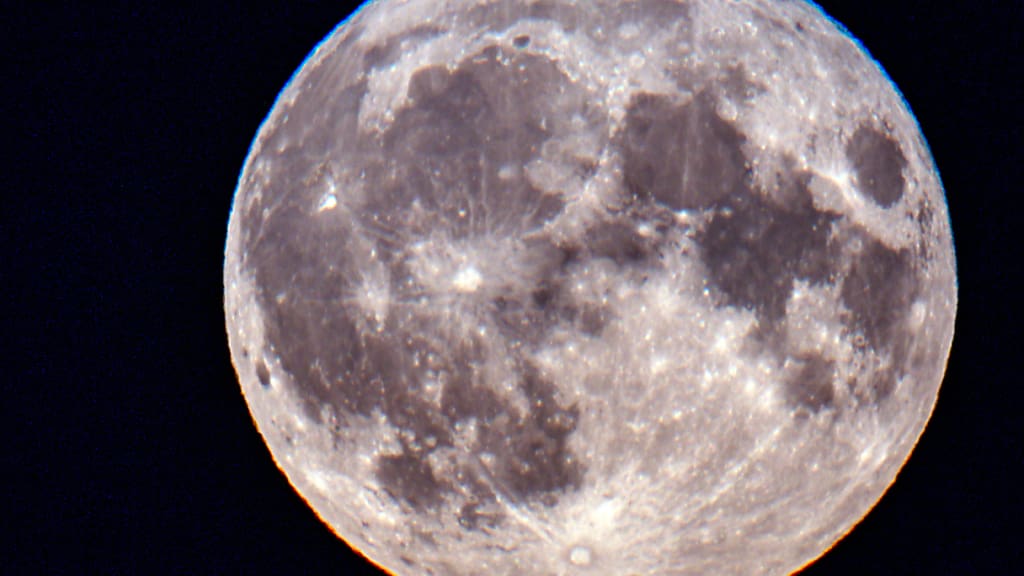Major concerns about the Great Barrier Reef off the coast of Australia: Due to significantly increased water temperatures, the fifth mass coral bleaching event in just eight years has been confirmed in this natural wonder. The responsible authority, the Great Barrier Reef Marine Park Authority (GBRMPA), announced this on Friday.
Experts had reported a few days ago that due to the recent marine heat wave, a 1,100 kilometer long area stretching from Lizard Island to the Keppel Islands resembled an undersea ghost forest.
Aerial photographs have now shown that the new coral bleaching is already widespread. However, further studies directly in water are needed to accurately assess the severity of the mass bleaching event, the GBRMPA wrote.
The enormous reef is so big that it can even be seen from space. The living organism stretches 2,300 kilometers off the northeastern coast of Australia and is considered one of the most species-rich habitats on Earth. Hundreds of coral species, 1,500 fish species and 4,000 different species of molluscs can be found here.
An important update on the Great Barrier Reef. pic.twitter.com/DHbl9u3h3h
— Tanya Plibersek (@tanya_plibersek) March 8, 2024
Corals starve without symbiotic partners
“The Great Barrier Reef is suffering enormously from heat stress,” warned Laura Puk, a coral and mangrove expert from WWF Germany.
This eighth bleaching event since 2016 is devastating for World Heritage.
When coral polyps are stressed by prolonged heat waves, they shed the colored algae that provide them with food and with which they otherwise live in a community of mutual benefit. They remain pale and white or produce bright colors in a last-ditch effort to protect themselves. “Without their symbiosis partners, the corals ‘starve’ and die.”, Puk explains. The result is white limestone skeletons that are quickly overgrown by green-brown algae.
Every tenth degree of global warming counts
Marine conservationists say only a rapid change in the weather and rapid cooling of the waters can save the Great Barrier Reef. According to the WWF, every tenth of a degree of avoided global warming counts.
However, the Townsville GBRMPA stressed that all is not lost – and bleaching cnidarians does not necessarily lead to their death. The reef has already shown that it can recover from previous coral bleaching events or severe tropical cyclones. But one thing is certain, says WWF Australia: “Five mass bleaching events in eight years show that climate change is putting enormous pressure on the reef.” (sda/dpa)
Soource :Watson
I am Amelia James, a passionate journalist with a deep-rooted interest in current affairs. I have more than five years of experience in the media industry, working both as an author and editor for 24 Instant News. My main focus lies in international news, particularly regional conflicts and political issues around the world.







